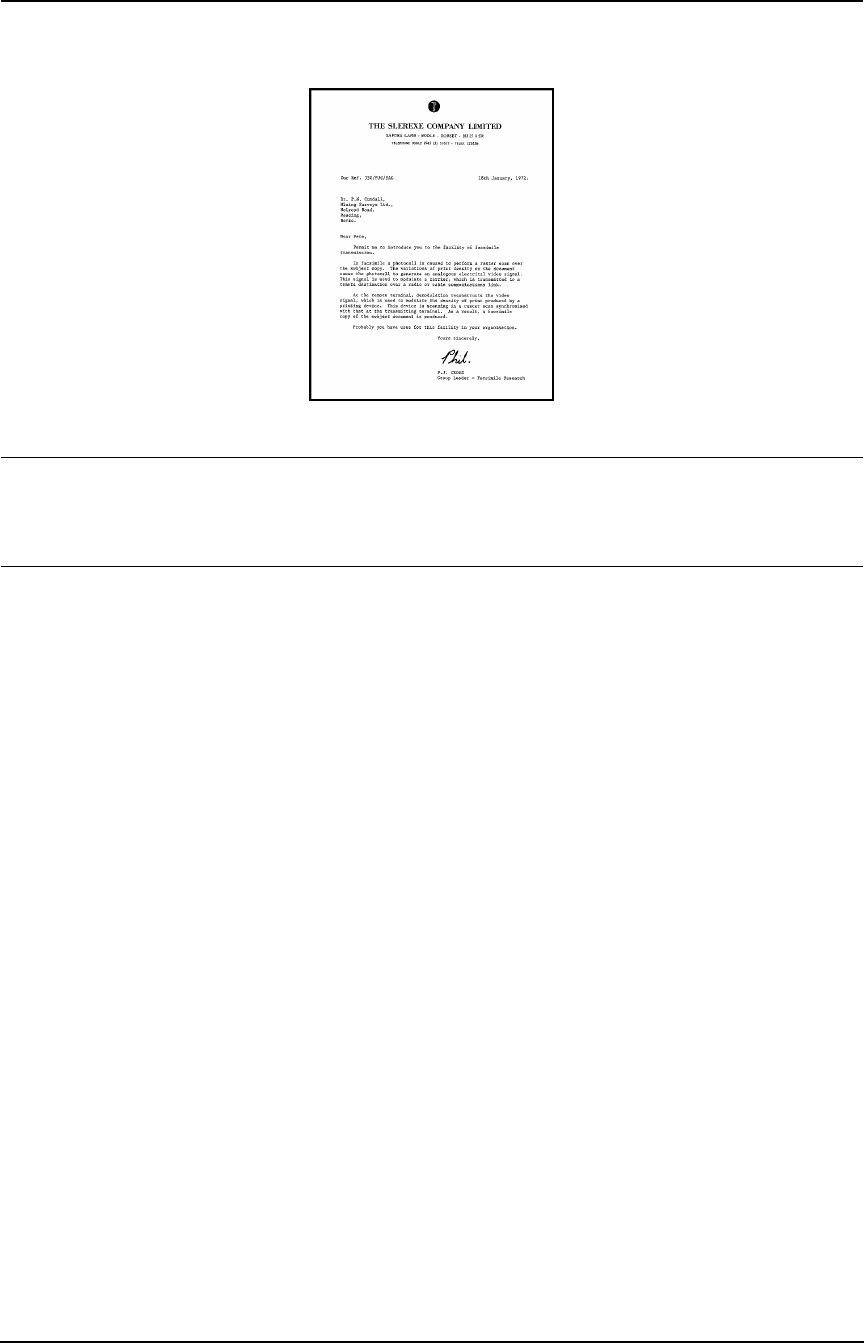
10. General Information
69
Paper specifications
Note for recording paper:
L Do not use the following types of paper:
– Paper with a cotton and/or fibre content that is over 20%, such as letterhead paper or paper used
for resumes
– Extremely smooth or shiny paper, or paper that is highly textured
– Coated, damaged or wrinkled paper
– Paper with foreign objects attached, such as tabs or staples
– Paper which has dust, lint or oil stains
– Paper that will melt, vaporize, discolour, scorch or emit dangerous fumes near 200 °C, such as
vellum paper. These materials may transfer onto the fusing roller and cause damage.
– Moist paper
L Some paper only accepts print on one side. Try using the other side of the paper if you are not happy
with the print quality or if misfeeding occurs.
L For proper paper feeding and best print quality, we recommend using long-grained paper.
L Do not use paper of different types or thickness at the same time. This may cause a paper jam.
L Avoid double-sided printing.
L Do not use paper printed from this unit for double-sided printing with other copiers or printers. This
may cause a paper jam.
L To avoid curling, do not open paper packs until you are ready to use the paper. Store unused paper
in the original packaging, in a cool and dry location.
Note:
L Any details given in these instructions are subject to change without notice.
L The pictures and illustrations in these instructions may vary slightly from the actual product.
Recording paper size: A4: 210 mm × 297 mm
Recording paper weight: 64 g/m
2
to 80 g/m
2
ITU-T No. 1 Test Chart
FP141-145AL.book Page 69 Tuesday, October 21, 2003 11:07 AM


















